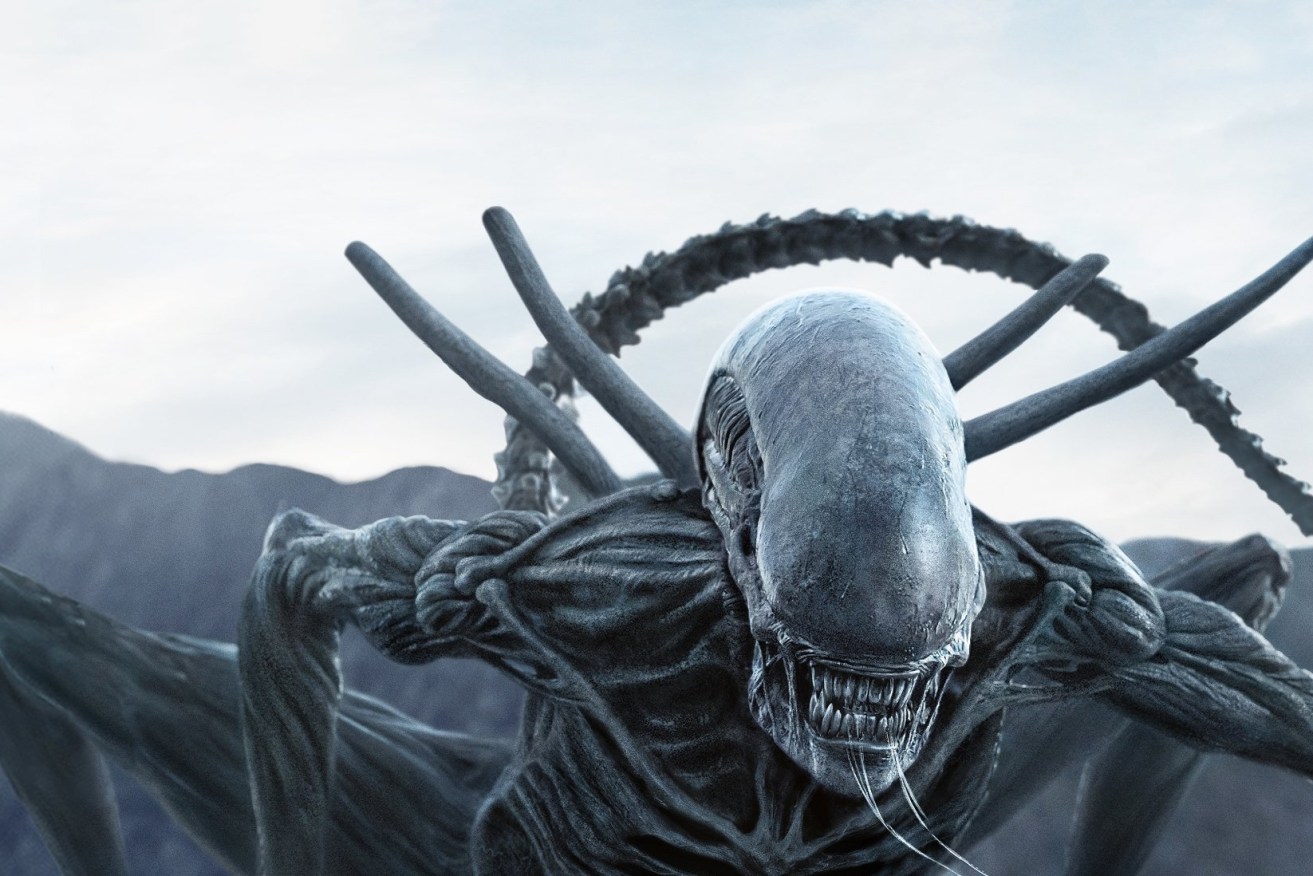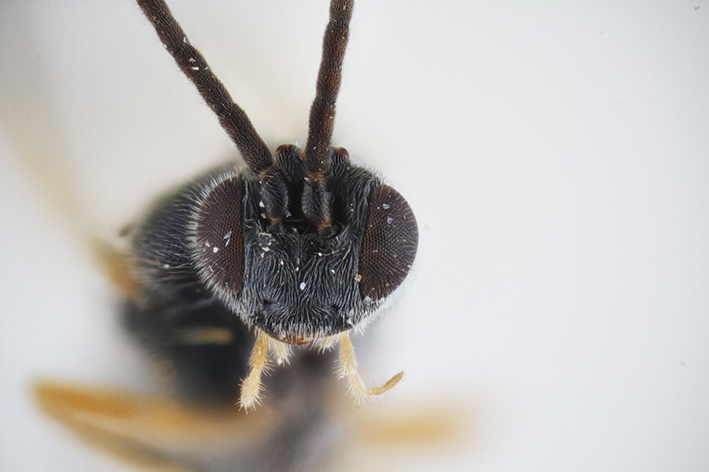Alien detection: SA researcher discovers new parasitic wasp
A new species of wasp discovered by a University of Adelaide PhD student has been named after the monster in the Alien movie franchise due to its gruesome predatory behaviour.


Parasitic wasps are said to have inspired the "xenomorph" creature in the Alien film series. Photo: 20th Century Fox Film Distributors
While the aliens in the movies incubate within a human host, the wasp – Dolichogenidea xenomorph – injects its eggs into live caterpillars. The larvae then eat the host from the inside out, bursting out once they are ready.
The wasp’s behaviour echoes the famously bloody scene in the first Alien film, where a spaceship crew member has an alien “baby” burst through his chest.
“The wasp is also black and shiny like the alien and has a couple of weird traits for the genus – so xenomorph, meaning ‘strange form’, fits really well,” said the lead researcher in the wasp’s discovery, Erinn Fagan-Jeffries.
“At less than 5mm in length, Dolichogenidea xenomorph might seem to lack the punch of its fearsome namesake. But size is relative; to a host caterpillar, it’s an awesome predator.”
The moth was collected from Queanbeyan, near Canberra, and in southern Western Australia, but researchers believe it is likely to have a wider distribution across Australia.
Like other parasitoid wasps, xenomorph doesn’t have a sting. Instead, it has a very long “ovipositor”, a needle-like structure that the female wasps use to inject their eggs into their host – in this case, a moth caterpillar that feeds on Eucalyptus leaves.
During the process of describing the species, Fagan-Jeffries was surprised to discover that none of the world’s parasitoid wasps had been named after the Alien movie monster – despite the wasps being said to have inspired the “xenomorph” creature in the movies.
“It was too good an opportunity to pass up,” she told InDaily.

Dolichogenidea xenomorph. Supplied image
The xenomorph wasp is one of three new species named by Fagan-Jeffries and her collaborators.
The PhD student in the University of Adelaide’s School of Biological Sciences said some of the xenomorph specimens had been collected in the field, while some had been sitting in museum collections for decades without description.
There were at least hundreds of wasp species in Australia that had not yet been described because few researchers were working in the field.
Fagan-Jeffries said parasitoid wasps were an important part of the ecological balance as they controlled the population of caterpillars on which they fed. Some, in fact, had been used as biological controls by farmers.
“They are important in regulating caterpillar populations. Each one is host-specific: they are probably only parasitic of one or two closely related caterpillars.”
Fagan-Jeffries is supervised by Professor Andrew Austin from the University’s Australian Centre for Evolutionary Biology and Biodiversity and Professor Steven Cooper, who works at both the centre and the South Australian Museum.
The three new wasp species of wasp have been published in the Journal of Hymenoptera Research and the species discovery study has been published in Molecular Ecology Resources.




